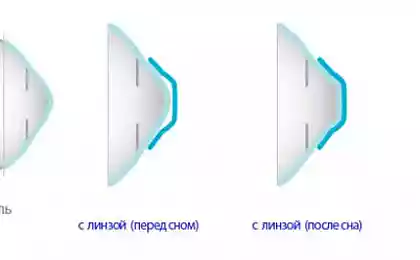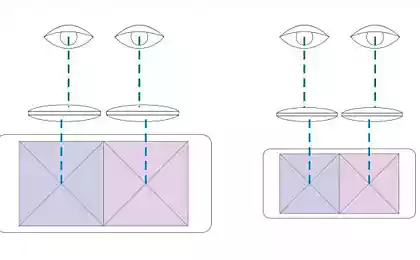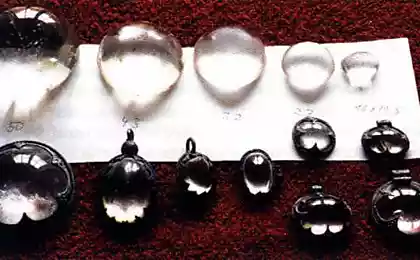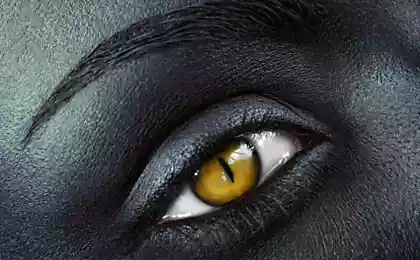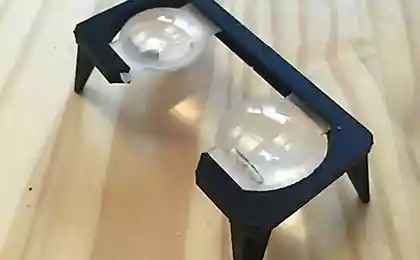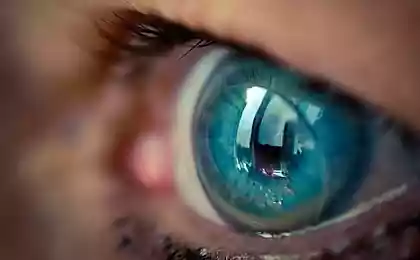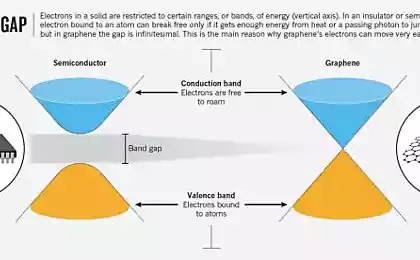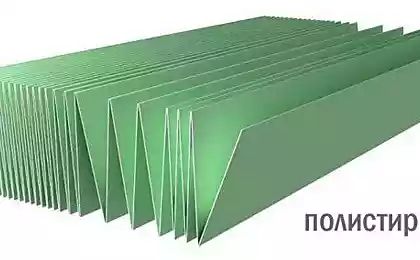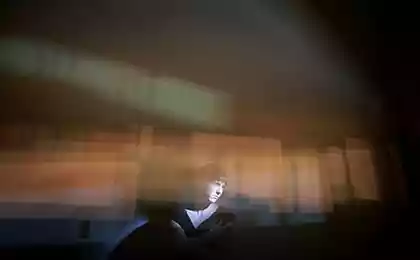486
Scientists develop sensor for contact lenses night vision

Contact lenses night vision is a gadget from a science fiction movie, but very soon new technologies will allow the owner of a lens to distinguish objects in the dark with my own eyes. Electrical engineers from the University of Michigan have found a way to distinguish infrared light using two layers compacted at the atomic level of carbon — graphene. Unlike previous developments, the substance does not require cooling to extremely low temperatures, the device is thin and inconspicuous.
The main obstacle for researchers Ted Norris and Sochi Zong was the low sensitivity of graphene. As noted by Zong, this is hundreds and thousands of times less than the commercial requirements for the instrument. Therefore, instead of directly impact on the sensitivity of graphene to light, the scientists decided to measure electrical currents nearby. Their findings, published in the latest issue of Nature Nanotechnology, explain that the light affects only the top layer graphene and does not affect lower. This approach makes possible night vision.
As noted by Zong, the introduction of this technology in lenses or other devices will significantly improve a person's vision and translate its interaction with the surrounding world to a new level. Despite the fact that technology is becoming more compact (less nail) contact lenses night vision in the coming years are not expected. The sensitivity and appearance of such apparatus require improvements and modifications, to enable them to go beyond laboratories.
Source: monoblog.su/
Photo essay— the most beautiful fjords of Norway
Thirteen myths about nutrition that it's time to stop believing
